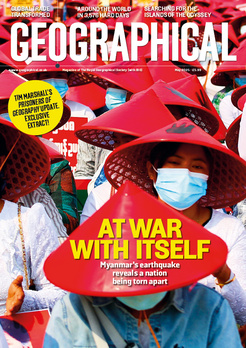
From cassava to corn, discover the top staple foods that fuel the world’s billions – and which countries are producing them
By
Around the world, just 15 crop plants provide 90 per cent of the population’s food energy intake. These are known as staple foods – foods eaten regularly which supply the majority of energy and nutritional needs – and without them, billions around the globe would be plunged into food insecurity, with disastrous consequences on public health.
So what exactly are the staple foods that supply our planet’s growing population? Read on to find out seven of the most important staple foods, and the countries heavily involved in their production.
Rice
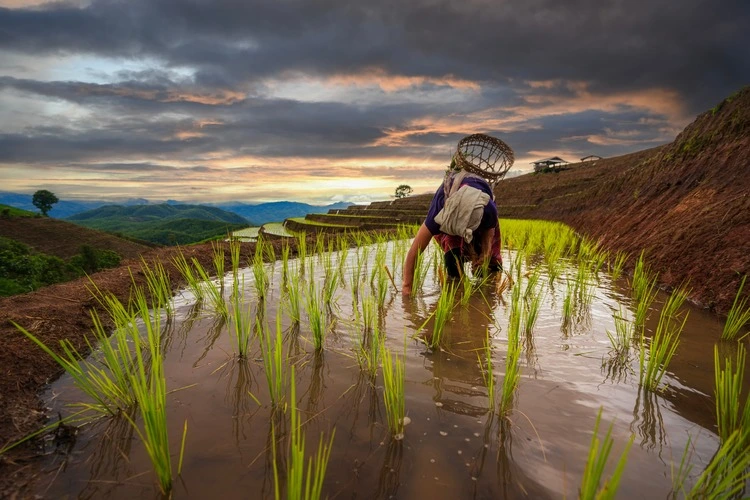
The primary staple food for more than 50 per cent of the world’s population, rice is a vital foodstuff across the globe.
The number one global producer of rice is China, harvesting 211 million tonnes across its vast paddy fields. However, while these fields produce sustenance for billions of people, they come with a significant environmental downside: they are Chinese agriculture’s biggest source of methane emissions.
8.9 million tonnes of the planet-polluting gas comes from Chinese paddy fields alone, representing a 29 per cent share of global paddy field methane emissions. Alternate methods of farming have been considered, such as draining paddy fields less each season (thus suppressing the methane-producing bacteria in soil) – yet due to southeast Asia’s rainy season, heavy precipitation prevents fields from fully drying out.
It’s important to note that methane emissions from paddy fields aren’t just a problem exclusive to China: across the globe, they contribute to 12 per cent of all methane emissions.
The next biggest rice producers after China are India (176 million tonnes), Indonesia (56 million), Vietnam (43 million), Thailand (32 million) and the Philippines (19 million).
Wheat
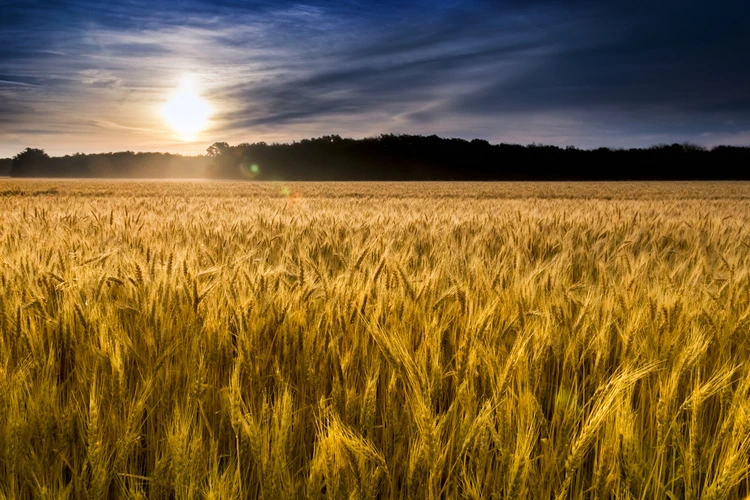
A source of complex carbohydrates and with a fair quantity of protein and fibre, wheat is another important staple food for our planet’s population. The grain is used across a variety of produce, from bread to pasta, cereals and noodles.
China takes the lead again for its global wheat production at 134 million tonnes, with India in second place at 107 million tonnes, followed by Russia (91 million), the US (50 million), France (40 million) and Australia (34 million).
In the US, the biggest wheat-producing state is Kansas, providing more than $1 billion to the country’s economy through its wheat industry back in 2023. So valued is the crop in the state that at the University of Kansas sports events, students wave their hands from side to side to mimic wind-blowing wheat stalks in the wind, a gesture known as ‘waving the wheat’.
Corn
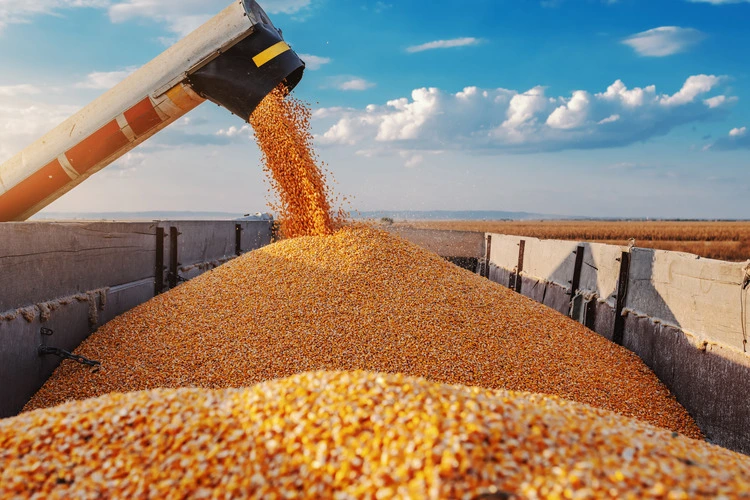
Combined together, the US, Brazil and Argentina produce more than 550 million tonnes of corn – almost 70 per cent of the world’s supply. The US takes the largest share of this figure, producing a staggering 384 million tonnes of the staple food each year.
The next biggest producers are China (45 million), India (29 million) and Mexico (27 million).
Corn is utilised not only for food products – like cornstarch or corn oil, to name a few – but also has applications in the renewable energy sector. That’s because the grain can be used to produce ethanol, a low-carbon biofuel that can replace more traditional, planet-polluting fuels in transportation.
Cassava
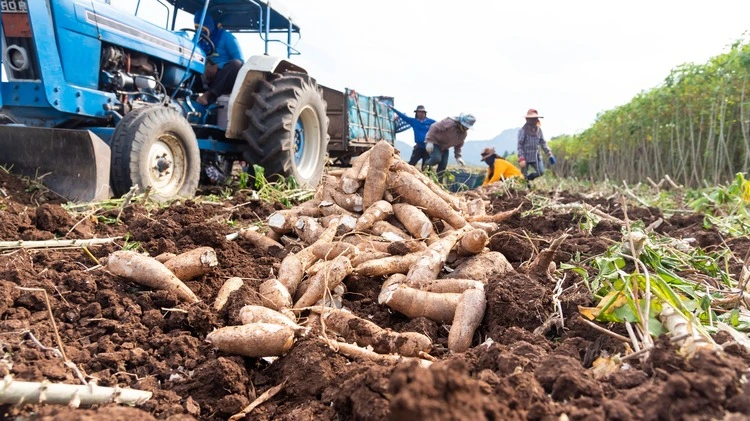
Cassava, originating in the American tropics, is a root vegetable used to make breads, flour and other foodstuffs. Its leaves can be used for relishes and salads, and are sometimes fermented in Congo and Central Africa to produce a local dish known as Ntoba mbodi .
Outside of human food consumption, cassava plays an important role in starch, animal feed and ethanol industries.
The vegetable grows well in poor soil, and is highly drought-resistant, meaning its production can be relied upon even in adverse weather conditions. Sub-Saharan African countries depend on cassava the most in terms of food security, but Indonesia, the Caribbean and Latin America also rely on it.
Nigeria and the Democratic Republic of the Congo produce the most cassava out of all countries on the planet, collectively producing 92 million tonnes of the crop per year. Other major producers are Thailand (32 million), Indonesia (30 million), Brazil (24 million) and Ghana (20 million).
Potatoes
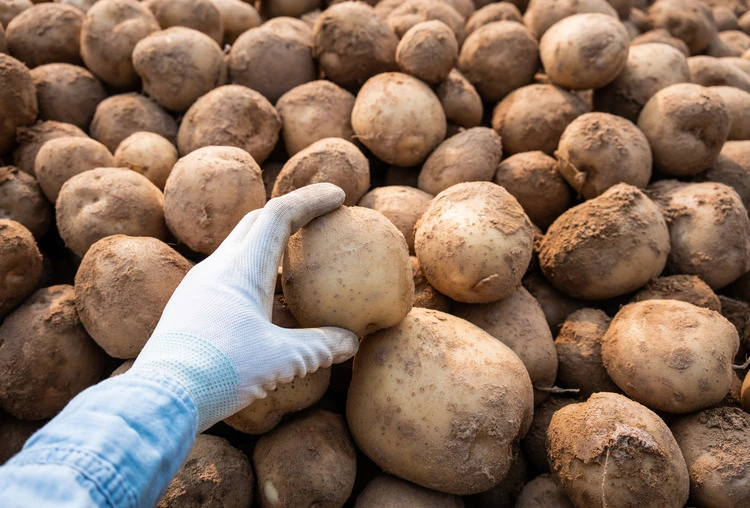
The starchy crop is hardy, growing in all types of climates and conditions, and as such, is a vital food staple for millions of people around the world.
The large majority of potatoes are produced in China (94 million tonnes), where one-third of the overall global supply comes from. India (51 million) and Ukraine (23 million) take the next largest shares of the potato production market.
Although China does produce more potatoes overall, Ukraine actually produces one of the largest amounts of potatoes per person anywhere in the world – 480kg per person, versus China’s 66kg.
In recent years, the growth of the sweet potato market has soared: China again has the majority of the market share, responsible for 70 per cent of global production.
Sorghum
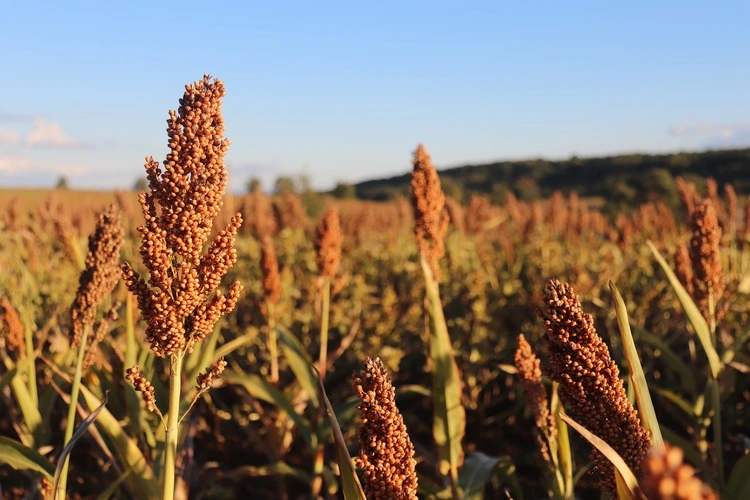
Sorghum is a cereal grain part of the grass family and contains a large amount of carbohydrates, along with smaller amounts of protein, fat, calcium and other nutrients.
It is often ground and turned into flatbreads, cakes, and porridge, but it can also be used to make oil, starch, and even alcoholic beverages.
Sudan’s production of sorghum stands at 9 million tonnes per year and is the most vast out of any country on the planet. Other major players include Nigeria (6 million), India (5 million), the US (4 million), Ethiopia (3 million) and Mexico (2.5 million).
Much like corn, sorghum has its uses outside of human consumption – its stalks can be used for fodder and building materials, while the grain can be used in the production of ethyl alcohol to make biofuel.
Millet
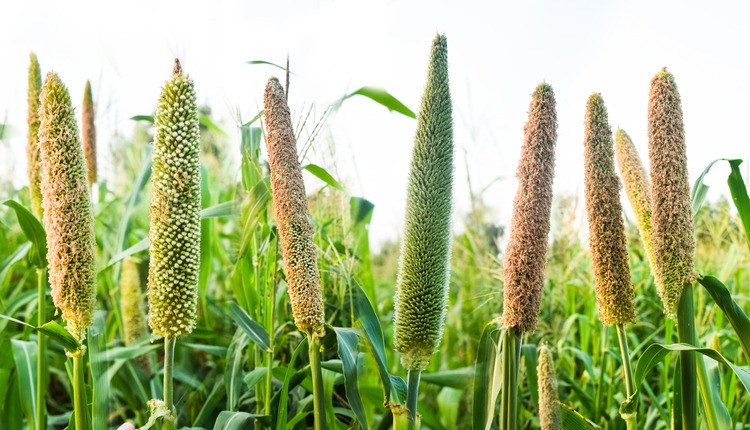
Millet is an umbrella term that describes a group of several species of cereal grasses harvested for their small edible seeds. While in western Europe and the US, millet is used primarily for hay, bird feed or pasture, it is a vital staple food for millions of people in regions including India and sub-Saharan Africa, eaten in flatbreads and porridges or eaten in a similar way to rice.
Millet is so valuable to food security that the UN named 2023 ‘the year of the millets’ to recognise its pivotal role as a source of nutrition.
India is the top producer of millet at 10.3 million tonnes per year, followed by mostly African countries, including Nigeria (6.2 million) and Niger (3.9 million) – but China also makes it the largest five producer, with a global millet production of 2.3 million tonnes per year.

